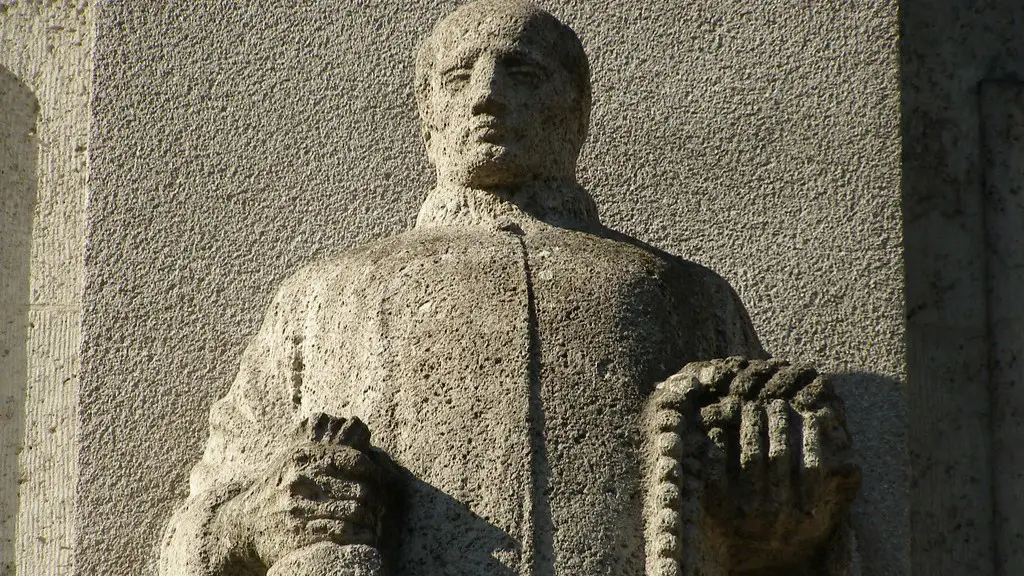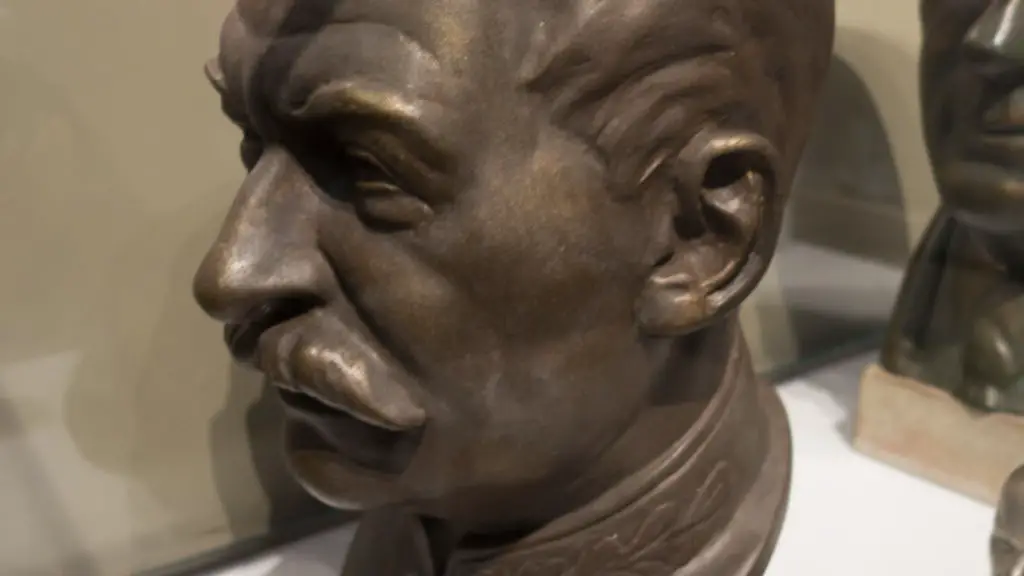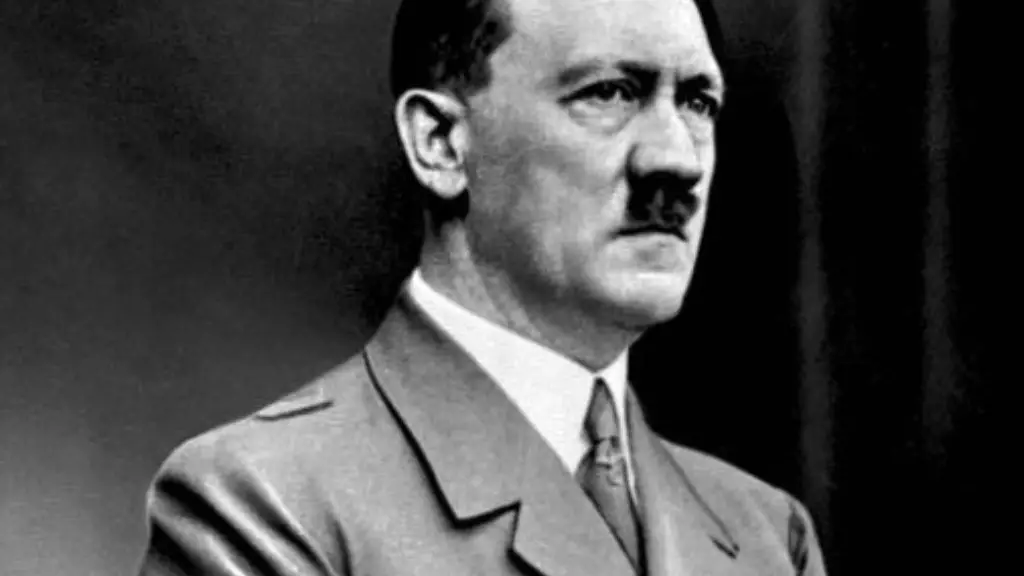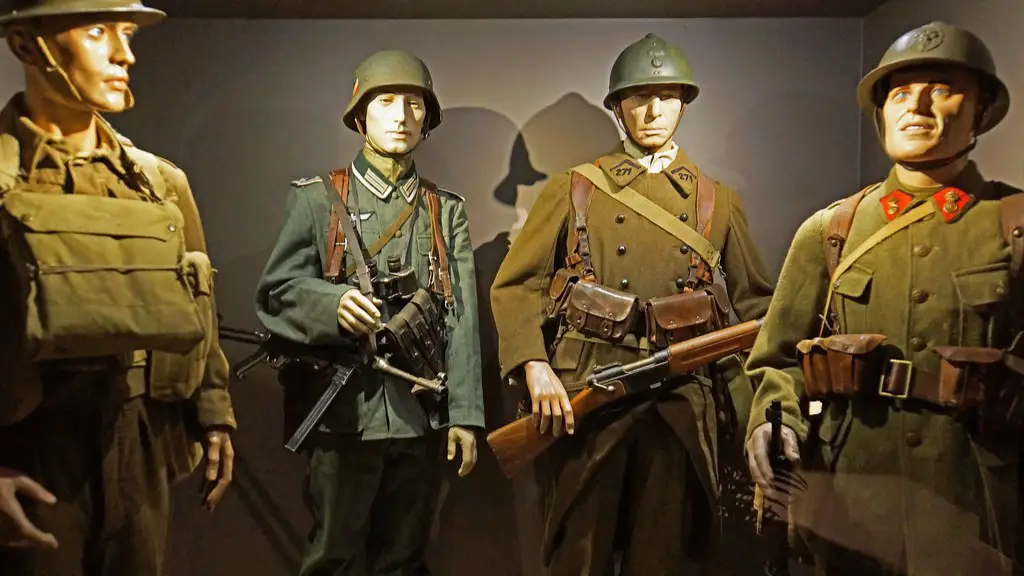Benito Mussolini, the fascist dictator of Italy from 1922 to 1943, was a master of propaganda. He understood the power of the written word, the spoken word, and the image, and he used all three to great effect. He was a skilled orator and he wrote prolifically, often in the incendiary, hyperbolic style that characterized his speeches. He also understood the power of the visual image and he used film and photography to spread his message and to shape public opinion.
Benito Mussolini used a range of propaganda techniques to win support for his regime in Italy. These included using the media to spread his message, staging public events and using architecture and art to create a visual display of his power. He also used propaganda to shape the way that Italians thought about themselves, their country and their place in the world.
How did Mussolini use propaganda to maintain power?
Mussolini’s Italy was repressive, but nowhere near as brutal as Stalinist Russia or Nazi Germany. Instead, Mussolini relied mainly on propaganda to maintain control. He took control of the media and encouraged the production of cheap, inexpensive radios, which he saw as the best medium to reach the people.
The Italian government during World War II used propaganda to promote the successes of the Italian fascist state and to denigrate the allied forces. Posters were displayed throughout Italy that depicted the Italian army as victorious and the allied forces as being destroyed. This propaganda was similar to that used in Nazi Germany.
What tactics did Mussolini use to gain power in Italy
Mussolini was a dictator who ruled with an iron fist. He was known for his cult of personality and for projecting himself as an all-powerful and indispensable leader. His government expelled all opposition, including Socialist members and arrested all Communist members of Parliament.
In 1937, Mussolini opened up Italy’s first film studio, Cinecitta, to help film makers produce movies with Fascist messages. The Centro sperimentale di cinematografia, a professional film school, was also set up that year. These initiatives helped to spur the development of the Italian film industry.
What methods did Mussolini use to control Italy?
Mussolini was a fascist dictator who ruled Italy with an iron fist. After he was elected, he closed down opposition newspapers and banned public protest meetings. He also made it illegal for all political parties except for his own Fascist Party. In addition, he outlawed labor unions and strikes. He also established a political police force called the Organization for Vigilance and Repression of Antifascism.
Mussolini was a key figure in the development of fascism and totalitarianism. He pioneered many of the tactics that other dictators would later use to seize power, including undermining the authority of judges and indoctrinating children. Mussolini’s experiments with socialism as a young man ultimately led him to embrace nationalism, which became a key component of his fascist ideology.
How was propaganda used during the war?
During wartime, large-format, full-color posters were used to mobilize support for the war effort, summon donations to charities, encourage participation in war bonds, and publicize victories in notable battles to a broad public.
Uncle Sam (USA):
The image of Uncle Sam was created during the War of 1812 by a political cartoonist. It was meant to symbolize the United States government. Over time, the image has come to be associated with the United States Military. The phrase “Uncle Sam wants you” was popularized during World War I as a way to recruiting more soldiers.
Treat ’em Rough (USA):
This image was created during World War I as a way to promote the United States Army. The phrase “Treat ’em Rough” is a reference to the fighting style of the United States Army. This image was meant to show that the United States Army was a force to be reckoned with.
This Is How It Would Look in German Lands (Germany):
This image was created during World War I by a German artist. It was meant to be a propaganda piece that showed how the Germans would take over the United States if they were to win the war.
Lord Kitchener (Britain):
Lord Kitchener was a British Army officer who served during World War I. He was responsible for recruiting soldiers for the British Army. The image of Lord Kitchener was used as a way to promote British Military recruitment.
What were the main purposes of propaganda used during the war
wartime propaganda must be designed to lower enemy morale in order to win. It does this by depicting the enemy’s military successes as failures, and by portraying the enemy as weaker than they actually are.
The Fascism movement in Italy began to gain a strong following after World War I. Led by Benito Mussolini, the Fascists called for the government to hand over power to them. This caused a great deal of discontent among the people of Italy, and soon the movement began to take over the country. The Fascists also began to spread their ideas to other parts of the world, leading to a new era of violence and oppression.
What was Mussolini’s main goal for Italy?
Mussolini’s goal was to establish a dictatorship in Italy. He did this by constructing the Italian parliament in a way that benefited the fascists. This allowed him to gain more power and control over the country. Additionally, he would eventually be referred to as ‘Il Duce’ or ‘the Leader’. This solidified his position as the dictator of Italy. Mussolini’s totalitarian state had a few key elements that helped him maintain control. First, he instituted strict controls over the media and speech. This prevented any dissent or opposing views from being voiced. Additionally, he developed a secret police force that was used to terrorize and intimidate the population. This helped to keep people in line and prevent them from speaking out against the government. Finally, Mussolini instituted a system of propaganda that glorified the state and its leaders. This helped to create a sense of loyalty and support among the population.
Mussolini’s famous slogan appeared in 1926: “Everything in the state, nothing outside the state, nothing against the state.” By that time, Italy was under a one party dictatorship of which he was the leader. Even so, the Fascist party did not become all powerful.
Did Mussolini say cinema is the most powerful weapon
Cinema is certainly a powerful weapon, capable of influencing the thoughts and emotions of its audience. Mussolini recognized this potential and expected the film industry to use its power to support his regime. Fortunately, cinema is also capable of promoting more positive messages, such as peace, love, and understanding.
Mussolini’s Minister of Finance, Alberto De’ Stefani, simplified the tax code, cut taxes, curbed spending, liberalized trade restrictions and abolished rent controls. These policies provided a powerful stimulus to the economy. De’ Stefani was a man with free market economic views, and his policies helped to spur economic growth in Italy.
How did fascism appeal to Italians?
The fascists appealed to Italians’ desire for social security, solidarity, and protection from capitalist crises. They promised therefore to restore order, protect private property, and promote prosperity but also shield society from economic downturns and disruption.
Mussolini’s views on socialism changed over time. He initially supported the Italian Socialist Party (PSI), but later denounced it in favor of Italian nationalism. He went on to found the fascist movement, which opposed egalitarianism and class conflict, instead advocating “revolutionary nationalism” that transcended class lines.
What did Mussolini do and for what purpose
Benito Mussolini was an Italian political leader who became the fascist dictator of Italy from 1925 to 1945. Originally a revolutionary socialist and a newspaper journalist and editor, he forged Italy’s violent paramilitary fascist movement in 1919 and declared himself prime minister in 1922. During his rule, Mussolini outlawed all political parties except his own, suppressed freedom of speech and the press, and instituted a reign of terror against his opponents. In 1935, he invaded Ethiopia, and in 1940 he allied Italy with Nazi Germany. As a result of these actions, Italy became embroiled in World War II. Mussolini was overthrown in 1943 by a coalition of German, Italian, and Allied forces, and he was executed in 1945.
Both the Uncle Sam army recruitment posters from World War I and the Rosie the Riveter poster from World War II are examples of propaganda. They both use symbols to represent strength and a sense of urgency as they encourage United States citizens to join the war effort.
Conclusion
Benito Mussolini used propaganda to manipulate public opinion in his country by using rhetoric, controlling the media, and staging public events. He regularly gave speeches designed to appeal to the emotions of his listeners and demonize his opponents. The media was tightly controlled by his government, and only positive stories about Mussolini and his policies were permitted. Finally, Mussolini staged grand public events, such as military parades and public rallies, to show the strength and support of his regime.
In conclusion, Benito Mussolini used propaganda to control the people of his country. He used it to spread his ideas and to promote his own interests. He also used it to keep the people under his control and to make them obey his commands.





